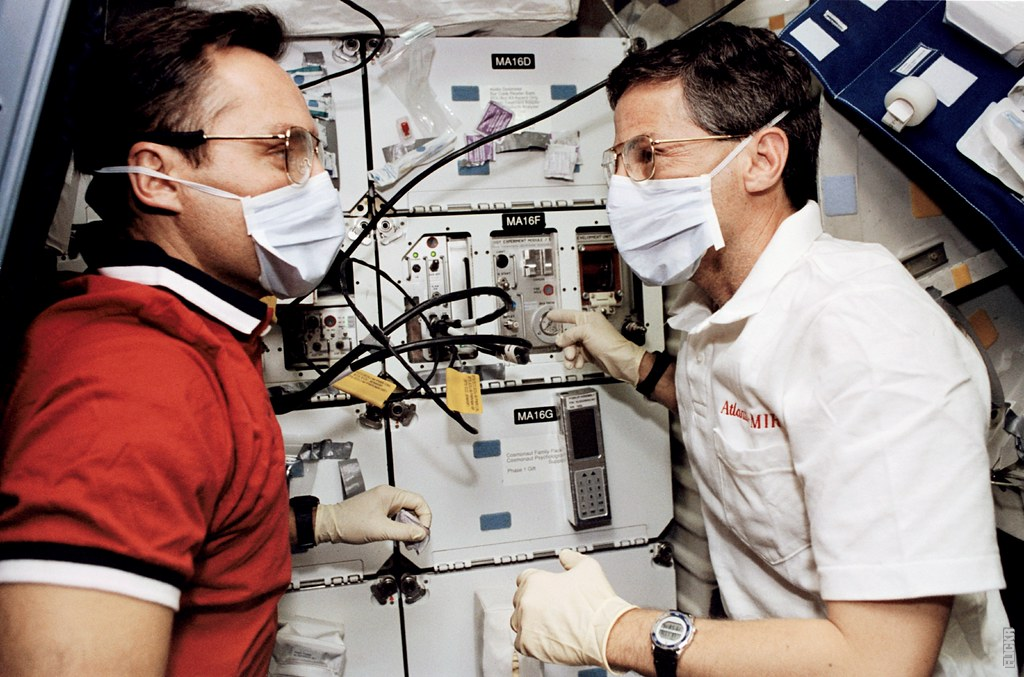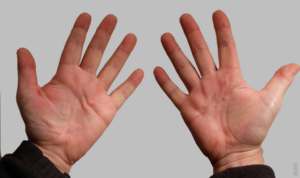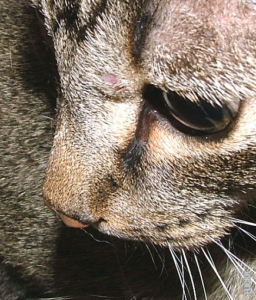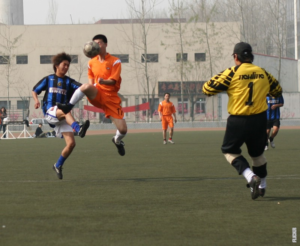The Marvel of Cartilage: A Fascinating Journey of Formation
Cartilage, the flexible connective tissue found throughout the bodies of vertebrates, is an extraordinary marvel of nature. Its formation is a complex process driven by intricate cellular mechanisms.
Embryonic Development: Laying the Foundation
During embryonic development, cells known as chondroprogenitors differentiate into chondroblasts, the primary builders of cartilage. These chondroblasts secrete a specialized matrix rich in collagens and proteoglycans, which form the initial scaffold of cartilage.
From Scaffold to Structure: Cartilage Growth and Maturation
As the cartilage scaffold forms, chondrocytes, the mature cartilage cells, embed themselves within the matrix. These chondrocytes continue to produce and maintain the extracellular matrix, allowing for cartilage growth and maturation.
Regulating Cartilage Growth: The Role of Growth Factors
Growth factors play a crucial role in regulating cartilage formation. Transforming growth factor-beta (TGF-β) and insulin-like growth factor (IGF) promote the proliferation and differentiation of chondroprogenitors into chondroblasts. Additionally, fibroblast growth factor (FGF) stimulates the synthesis of extracellular matrix components, contributing to cartilage development.
Joint Formation: Cartilage in Articular Surfaces
In joints, articular cartilage covers the ends of bones, providing a smooth surface for frictionless movement. Mesenchymal cells condense and differentiate into chondrocytes, forming articular cartilage. The highly specialized structure of articular cartilage enables efficient load-bearing and shock absorption.
Post
Post
Cartilage Repair: A Delicate Balancing Act
Unlike other tissues, cartilage has limited regenerative capabilities. When damaged, it undergoes a repair process mediated by chondroprogenitors and chondrocytes. However, the repair process often results in the formation of fibrocartilage, an inferior substitute for the original hyaline cartilage.
Conclusion
The formation of cartilage is a captivating journey of cellular differentiation, matrix synthesis, and growth factor regulation. Understanding the intricacies of cartilage formation opens doors to new possibilities for regenerative medicine and innovative treatments for cartilage-related disorders. As we delve deeper into the mysteries of cartilage, we uncover the awe-inspiring complexity that makes it an essential component of the animal kingdom.



